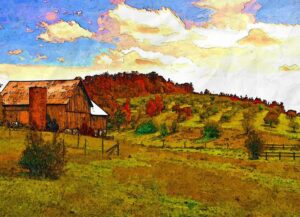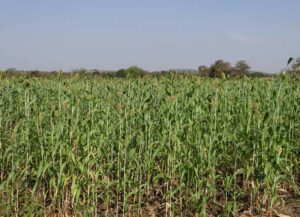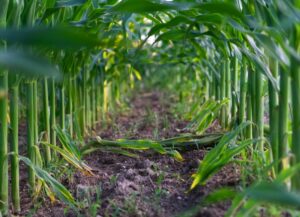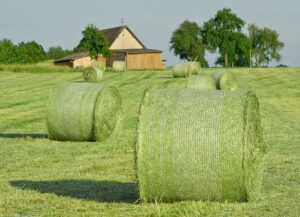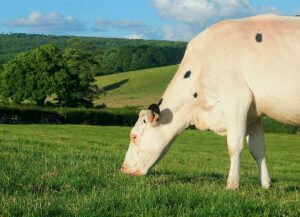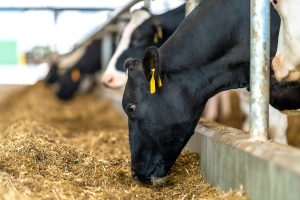María Villagrasa and Fernando Diaz
According to climate forecasts, the frequency and severity of droughts are expected to increase in the coming years, posing major challenges to farmers and ranchers. It is thus necessary to find drought-resistant plant species with low water requirements and capacity to produce large quantities of good quality biomass.
From this perspective millet is an ideal candidate for fodder production, as it is more tolerant to drought conditions than other crops and can grow under extreme conditions, e.g. high temperatures, low and irregular rainfall and poor soils with little water retention capacity.
Millet can produce large amounts of palatable and digestible fodder, in a short period of time. It also does not produce hydrocyanic (prussic) acid, a toxic substance that affects livestock and can be produced by sorghum, a similar cereal in productivity and nutritional value.
In the face of the growing global demand for animal products, research is needed for high-performance, good quality and low water requirement forages to be sued as livestock feed. A study (A. Nematpour, et al., 2020) was carried out to determine the effects of millet irrigation on forage production and silage quality.
Two millet varieties, common millet (Panicum miliaceum) and lesser millet (Setaria italica), were grown in soils with two soil moisture conditions determined by different variables (evapotranspiration rates, weather data, etc.), a control and a water deficit (water stress).
The millet was harvested, and the plants were cut with a chopper. The material was ensiled in micro-silos which were opened 45 days later.
Differences between millet varieties
The common millet silage showed lower concentrations of dry matter (DM; 29.5 vs. 31.8%), acid detergent fiber (ADF; 27.3 vs 30.8% DM) and neutral detergent fiber (NDF; 55.4 vs. 58.4% %),it had however higher concentrations of digestible DM (67.6 vs. 64.9%), relative feed value (114 vs. 104), net energy of lactation (NEL; 1.58 vs. 1.49 Mcal/kg) and crude protein (16.1 vs. 14.3% DM), confirming that the quality of the common millet fodder was higher than that of the lesser variety.
Water stress prevents the development of the stem in plants, which increases the digestibility of silage DM. In general, a lower concentration of fiber is considered useful, as it can promote both higher intake and greater digestibility.
Since the stress tolerance of the common millet was lower than that of the lesser variety, the former was more sensitive to water stress than the latter, which reduced its production (tons DM/ha; lesser 7.01 control vs 3.86 stressed; common 8.59 control vs. 4.23 water stressed).
Effects of water stress on leaf/stem ratio, proline and phenolic compounds
Water stress also increased the leaf-to-stem ratio (1.84 vs. 1.28 in common millet and 1.61 vs. 1.40 in the lesser). The leaf/stem ratio is an important factor when formulating the ration, intake and quality of fodder, not only because of the higher nutritional value of the leaves compared to stems, but also because animals prefer to eat leaves since they are chewed easier and have greater digestibility.
These results coincide with other research which states that increasing the leaf/stem ratio improves digestibility and quality of the fodder. Proline and phenolic compounds also increased in plants under water stress as these substances are known to be involved in the plant defense system against reactive oxygen species; in this case they were part of the plant’s defense responses to drought stress.
Conclusions
- The production of millet fodder was reduced under water stress (45% and 51% in the lesser and common millet, respectively).
- Silage quality improved as a result of the higher leaf-to-stem ratio, net energy for lactation and digestibility, and lower ADF.
- The results support the claim that millet silage quality depends heavily on variety.
Reference
Afsaneh Nematpour, Hamid Reza Eshghizadeh, Morteza Zahedi, Gholam Reza Ghorbani. Millet forage yield and silage quality as affected by water and nitrogen application at different sowing dates. Grass Forage Sci. 2020. 75:169–180.
© 2020 Dairy Knowledge Center. All Rights Reserved.



